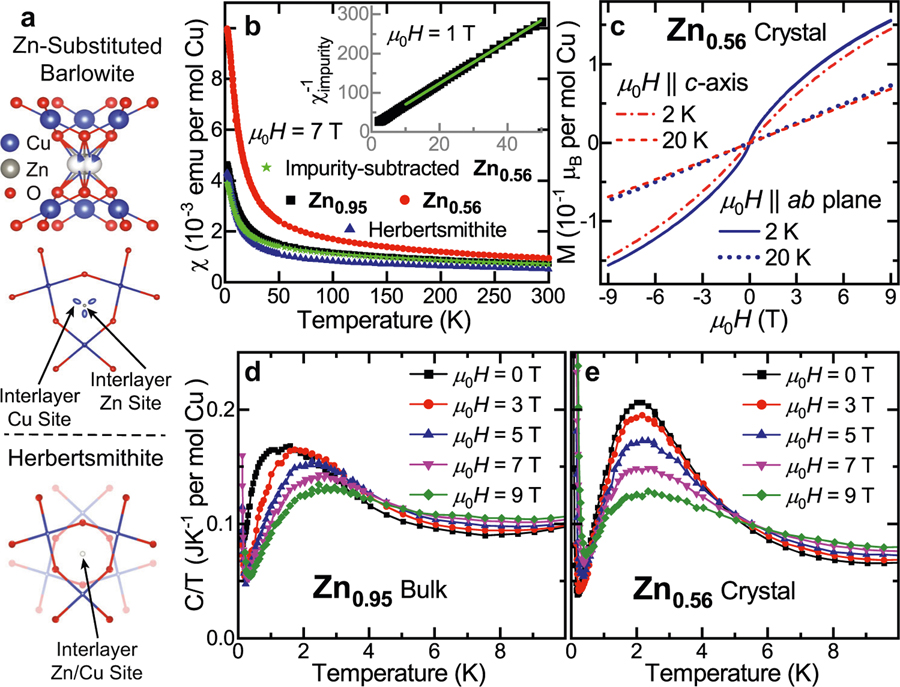Fig. 6. Structure and quantum magnetism of Zn-substituted barlowite.
a Structures of Zn-substituted barlowite and herbertsmithite showing their interlayer metal coordination environments. The top–down view of Zn-substituted barlowite displays the coexistence of the centered (D3h) Zn2+ site and the set of triplicated off-center (C2v) Cu2+ interlayer sites, visualized in VESTA74. The top–down view of herbertsmithite shows its distinct interlayer coordination: there is only one site for both Zn2+ and Cu2+, and the kagome layers above and below the interlayer site are rotated by 60°. In the top–down views, the atoms are displayed as thermal ellipsoids at 90% probability. F, Br, Cl, and H are not shown. b DC susceptibility (X) measured in an applied field μ0H = 7 T of polycrystalline Zn0.95, a collection of single crystals of Zn0.56, and polycrystalline herbertsmithite. Also plotted is an estimate of the intrinsic susceptibility of the Zn-substituted barlowite kagome lattice. The amount of Cu2+ magnetic impurities in the herbertsmithite sample is estimated at 15%27. The inset shows the inverse susceptibility of the interlayer Cu2+ magnetic impurities; the line is a Curie–Weiss fit from T = 10–50 K with no diamagnetic correction X0. c Aligned magnetization as a function of applied field for a 1.4 mg single crystal of Zn0.56. d Temperature dependence of C/T for Zn0.95 and eZn0.56 in applied fields of μ0H = 0–9 T. Note: 1 emu (mol Oe)−1 = 4π10−6 m3 mol−1.

